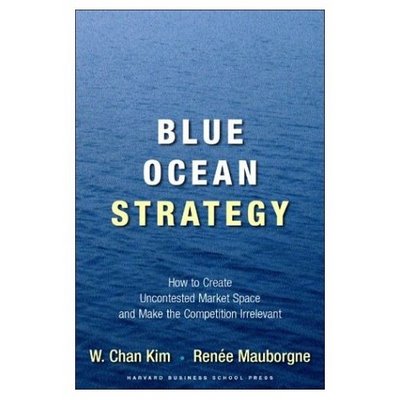I had wanted to read Steven Johnson’s Everything bad is good for you: how popular culture is making us smarter since he gave a talk in association with Demos last year.
I finally got the chance to read the book on a three-day business trip to Dresden in eastern Germany.
The proposition of the book is that more complex layered story lines in modern television series such as 24 and many computer games give the people who consume them a different set of skills to the material that appeared in the past.
Forcing them to deal and understand complex social relationships and hit the ground running without having to see simple plot flags.Even shows like Big Brother and The Real World are supposed to stretch their EQ as they try to make sense of the goings on in the house These new skills also extended to new devices including computer games and internet communications technologies including email and messaging.
Everything bad is good for you sounds like a grown up version of the excuses that I used to give my parents as a child to unsuccessfully get more TV time. More book reviews here.
Now I believe in email because it allows users to maintain a larger loose network of contacts that researchers have found to have a number of advantages (and I am a PR tart, so it makes sense for me to try and extend my influence far and wide.)
However this piece in Popbitch was interesting:
In sickness and in email
Kid Rock and Pamela Anderson got married in the South of France last month.
They read their vows to each other off their Blackberries.
Who said romance was dead?
I can just see it now, The bride was wearing an ivory wedding dress with an external bodice and skull detailing to accent her glamous body art and the groom wore Levis and a 1974 Led Zepplin US tour t-shirt.
Both the bride and groom sported matching BlackBerry Pearl devices.
A BlackBerry is so essential that you need to take it to your wedding? Please! What about electronic ettiquette?


